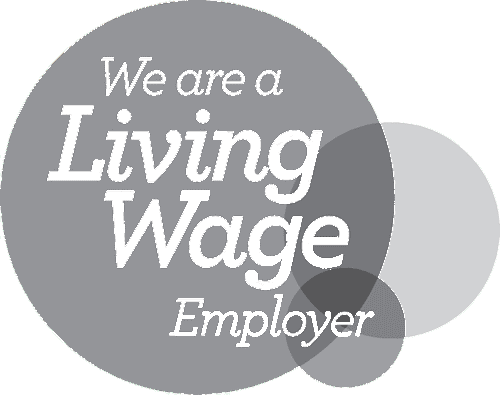Sustainable Procurement in Schools:
A Guide by Nathan Swinney, Head of Procurement for Education Buying

When it comes to sustainability, it’s more than just buying things; it’s about making choices that genuinely benefit schools, students and the planet. Schools are under increasing pressure from the government, stakeholders and their local communities to adopt greener, more ethical purchasing practices. At the same time, budgets are tight and affordability remains a top concern.
So, how do schools find the balance? In this blog, I’ll break down what sustainability means in school procurement, how to set meaningful objectives, what the Procurement Act means for sustainability and how tools like Dynamic Purchasing Systems (DPSs) and frameworks can make the process easier.
What Does Sustainability in Procurement Actually Mean?
Sustainable procurement isn’t just about choosing the cheapest option—it’s about making purchasing decisions that consider the bigger picture. It means looking beyond the price tag and thinking about where products come from, how they’re made and the long-term impact they’ll have.
For schools, this boils down to four key areas:
Environmental Sustainability
Climate change is a pressing issue, and schools have a role to play in reducing their carbon footprint. Whether it’s using less paper, switching to renewable energy or choosing suppliers with strong sustainability credentials, small changes can make a big difference.
Social Sustainability
Procurement decisions can help tackle issues like modern slavery, promote diversity and support suppliers who give back to the community. As a parent to an autistic son, I hope that one day he will benefit from companies that actively support neurodivergent individuals. Schools can contribute to a fairer society by choosing suppliers who prioritise inclusivity and social value.
Economic Sustainability
Being sustainable doesn’t have to mean spending more. In fact, making the right choices can save schools money in the long run. It’s about reducing waste, improving efficiency and supporting local businesses to strengthen the economy. One of my favourite examples is a construction framework we worked on where we required large suppliers to source materials from local merchants—keeping investment within the community.
Cultural Sustainability (Wales-Specific)
If you’re in Wales, cultural sustainability is another important factor, ensuring procurement decisions support local culture and heritage.
How Schools Can Set Meaningful Sustainability Objectives
Sustainability can seem like an overwhelming goal, but breaking it down into clear, achievable objectives makes it more manageable. Here’s how schools can get started:
- Decide what matters most – Are you focusing on energy efficiency, waste reduction, ethical sourcing or supporting local businesses?
- Make it part of your procurement policy – Sustainability should be written into your school’s procurement strategy.
- Be practical – Objectives should be relevant and proportionate to what you’re buying.
- Plan – Forward-thinking procurement can help you spot opportunities to be more sustainable.
- Talk to suppliers early – Setting expectations from the start ensures sustainability is a key factor in decision-making.
- Measure your progress – Track sustainability efforts using key performance indicators (KPIs) to see what’s working.
Remember, small changes add up. Even if you can’t overhaul everything overnight, taking steps towards sustainability makes a difference over time.
The Procurement Act: what it means for sustainability
With the new Procurement Act that came into effect on 24 February 2025, there’s a stronger emphasis on maximising public benefit. While the Act doesn’t specifically say “you must be sustainable,” it does reference the National Procurement Policy Statement (NPPS), which highlights key priorities, including:
- Social and Economic Value – Supporting SMEs, ensuring fair pay, and encouraging social enterprises.
- Boosting Local Economies – Prioritising spending with small businesses and local suppliers.
- Cracking Down on Corruption – Strengthening safeguards against fraud, bribery and modern slavery.
- Reducing Environmental Impact – Cutting greenhouse gas emissions and minimising waste.
For schools, this means embedding sustainability into procurement decisions is more important than ever.
How Schools Can Implement Sustainable Procurement
Implementing sustainable procurement doesn’t have to be overwhelming. Schools can take practical steps to embed sustainability into their procurement processes:
- Conduct a Procurement Audit: Start by reviewing current procurement practices. Identify areas where sustainability can be improved, such as energy-intensive equipment, single-use plastics and inefficient supply chains.
- Engage with Sustainable Suppliers: Choose suppliers that prioritise sustainability. Many suppliers now offer carbon-neutral options, eco-friendly materials and closed-loop recycling systems. For example, let’s look at Toshiba’s approach to sustainability. Toshiba, a supplier on Education Buying’s MFD framework, has embedded sustainability into its operations. They offer: Energy-Efficient Devices – Toshiba’s MFDs are designed to consume less power, supporting schools’ energy reduction goals. They are built with circularity in mind, using repurposed and recyclable materials. Eco-conscious schemes: Their toner recycling scheme offers customers free collection and recycling of consumables, to reduce waste. Toshiba also partners with CleanHub, funding plastic waste collection in South Asian coastal communities to combat plastic pollution. You can read about this in more detail later on. Responsible Operations – Toshiba maintains a sustainable supply chain, reducing environmental impact and promoting ethical business with suppliers and customers.
- Consider Whole-Life Costing: Instead of opting for the cheapest upfront cost, schools should consider the total lifecycle cost of a product or service, including maintenance, energy use and disposal.
- Implement Circular Economy Principles: Encourage reusability and recycling. Schools can work with suppliers that offer refurbishment programmes or leasing options instead of outright purchasing.
- Prioritise Energy Efficiency: Switching to energy-efficient lighting, heating and office equipment can lead to substantial savings and reduced carbon emissions.
- Incorporate Social Value: Sustainable procurement isn’t just about the environment—it also involves social benefits. Schools should work with suppliers that offer employment opportunities to disadvantaged groups or support local communities.
- Use Framework Agreements: Frameworks like those offered by Education Buying help schools access pre-vetted suppliers who meet sustainability criteria, ensuring compliance and value for money.
How to Build Sustainability into the Tendering Process
Sustainability shouldn’t be an afterthought—it should be a key part of the procurement process. Here are some practical ways schools can make it happen:
- Write it into your specs – Be clear about sustainability expectations in tender documents.
- Include it in your award criteria – Make sustainability a factor when evaluating bids.
- Choose suppliers who care – Work with businesses that prioritise sustainability and social responsibility.
- Keep suppliers accountable – Track sustainability performance through contract management and KPIs.
For example, schools can require catering providers to source a percentage of ingredients locally or mandate ethical supply chain standards.
Making Sustainable Procurement Easier with DPSs and Frameworks
Dynamic Purchasing Systems (DPSs) and frameworks help schools access suppliers who meet sustainability standards, making procurement faster and more efficient. Here’s why they’re useful:
- Pre-vetted suppliers – You don’t have to worry about compliance—it’s already checked.
- Saves time and effort – The procurement process is streamlined, so schools don’t have to start from scratch.
- Flexible options – Schools can choose suppliers that best match their sustainability goals.
For example, our catering and cleaning DPSs encourage local supplier participation, helping schools contribute to social and economic sustainability.
Here is a sustainability checklist tailored for schools to use when embarking on a new procurement. This list ensures that sustainability considerations are reasonable, relevant and proportional to the scope of the procurement.
Sustainability Checklist for School Procurement
Environmental Considerations
Materials & Resources:



Energy Efficiency:


Waste Management:


Transportation & Logistics:


Social Responsibility
Supplier Ethics & Fair Trade:



Social Value:


Economic Sustainability
Cost-effectiveness & Value for Money:


Local Economy:


Governance & Compliance
Procurement Policies:



Carbon Footprint & Reporting:


Innovation & Future-Proofing
Sustainable Innovation:


Stakeholder Engagement
Engagement with Staff, Students and Parents:


Training & Awareness:

Monitoring & Review
Ongoing Sustainability Monitoring:


This checklist ensures schools can assess sustainability based on the scale and impact of each procurement. The key is to adapt and scale the level of detail based on the procurement’s complexity, ensuring a proportional approach to sustainability in decision-making.
Toshiba’s Sustainability Commitment
Let’s take a closer look at a real-world example of a supplier that prioritises sustainability, Toshiba, one of our trusted suppliers on the MFD framework. Toshiba has been at the forefront of sustainable printing solutions for schools, I recently spoke to Josh Emery, Head of Corporate Sales at Toshiba, and he shared some insights into how they integrate sustainability at every stage of the procurement process—both as a UK supplier for Education Buying members and as a global manufacturer.
“Balancing sustainability goals with budgets and other key requirements can be challenging. However, if a supplier’s values align with your own, you’re already on the right path. At Toshiba, we embed sustainability across our operations—both from an environmental and a social perspective. But beyond broad commitments, the real question is: What are suppliers doing behind the scenes to make a genuine impact?” Josh commented.
When evaluating a supplier’s sustainability credentials, consider:
- Are there clear objectives?
- Are they actionable?
- Are they transparent?
- Are they measurable?
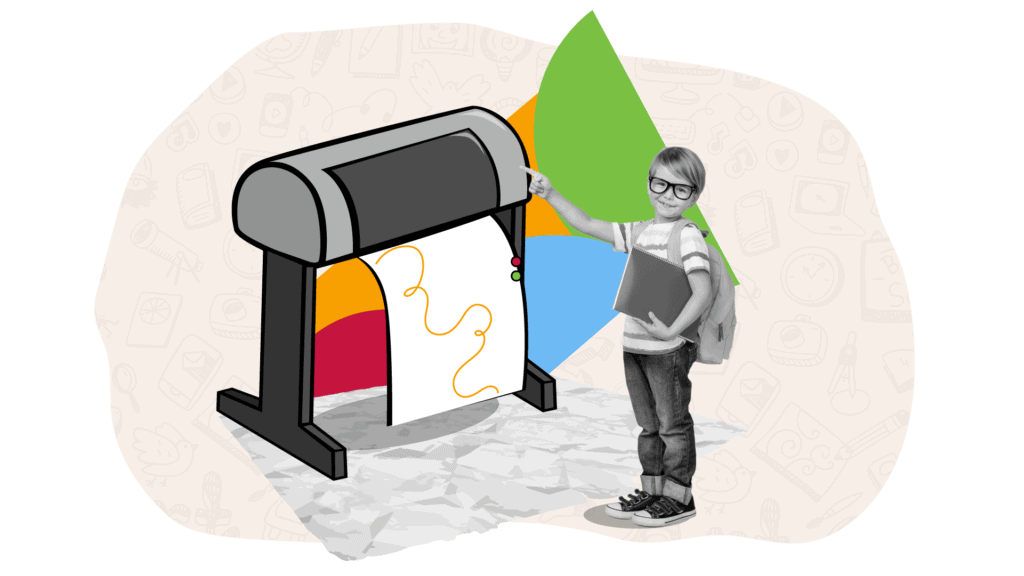
Toshiba’s Sustainability Practices
As a sustainable supplier, Toshiba is committed to circular economy principles—designing and manufacturing eco-conscious products that maximise the reuse of materials for future generations of devices. Beyond internal efforts, governing bodies and accreditations provide an additional layer of assurance when selecting sustainable suppliers.
Key sustainability accreditations to look for:
- WEEE Compliance (Waste Electrical and Electronic Equipment) – Ensures responsible recycling of electronic equipment.
- ISO 14001 – International standard for environmental management.
- RoHS (Restriction of Hazardous Substances) – Regulates and limits hazardous substances in manufacturing.
These accreditations not only help Toshiba refine and improve their services while keeping up with evolving regulations, but they also provide customers with confidence that they are partnering with an ethical and responsible supplier.
Beyond Compliance: Investing in a Sustainable Future
Sustainability goes beyond compliance—it’s about making a real impact. That’s why Toshiba invests in global and community-driven initiatives. One of our latest partnerships is with CleanHub, an organisation dedicated to preventing plastic waste from polluting our oceans and coastal environments. Through this initiative, every investment with Toshiba helps fund waste collection in high-risk pollution areas across the globe. You can find out more about it on their website https://www.toshibatec.co.uk/sustainability/cleanhub, alongside their other sustainability practices and initiatives here: https://www.toshibatec.co.uk/sustainability/.
Sustainable Printing: Reducing Waste, Cutting Costs
Toshiba understands that price is always a key driver, especially when budgets are tight. However, the cheapest solutions are not always the most cost-effective—or the most environmentally friendly—in the long run. That’s why they focus on eco-conscious printing strategies that reduce waste while also lowering costs.
Key sustainable printing practices include:
- Printing only when necessary
- Promoting double-sided printing
- Introducing ‘pull-printing’ to reduce wastage – pull-printing is a secure and cost-effective print management solution that reduces waste and improves efficiency. It allows users to send a print job to a centralised print queue and then release it from any authorised printer using an ID card, PIN code, or biometric authentication.
Key benefits of ‘pull-printing’:
- Reduces Waste: Prevents unclaimed or accidental prints by ensuring documents are only printed when the user is present.
- Enhances Security: Keeps sensitive documents safe, as they are only printed when the user authenticates at the printer.
- Cost Savings: Reduces unnecessary printing, saving on paper, toner and energy.
- Flexibility: Users can print from any networked device, improving workflow efficiency in shared office or school environments.
This system is especially useful in schools and trusts where multiple users share printers, helping to manage printing costs and promote sustainability.
By consuming less, schools not only minimise environmental impact but also achieve cost savings. Toshiba works closely with schools to assess their printing needs and develop a long-term strategy that reduces both costs and resource consumption.
Sustainability isn’t just a commitment—it’s a responsibility. By choosing suppliers who align with your values and take measurable action, you can make a meaningful difference while also achieving efficiency and cost savings.
Final Thoughts: Sustainability is a journey, not a destination
Sustainable procurement isn’t just a box to tick—it’s an ongoing effort to make smarter, more responsible purchasing decisions. Schools that embrace sustainability today will be in a better position for the future, benefiting students, communities and the environment.
If there’s one takeaway from this, it’s that you don’t have to do everything at once. Start small, build on your efforts, and use procurement as a tool for positive change.
So, what’s your next step toward sustainability? Let’s start the conversation.
Explore Sustainable Procurement Solutions
At Education Buying, we make it easy for schools to source from suppliers committed to sustainability. Our frameworks and Dynamic Purchasing Systems (DPS) ensure compliance, value for money and responsible procurement.
Discover our frameworks and DPS today and take your next step toward a more sustainable future!

